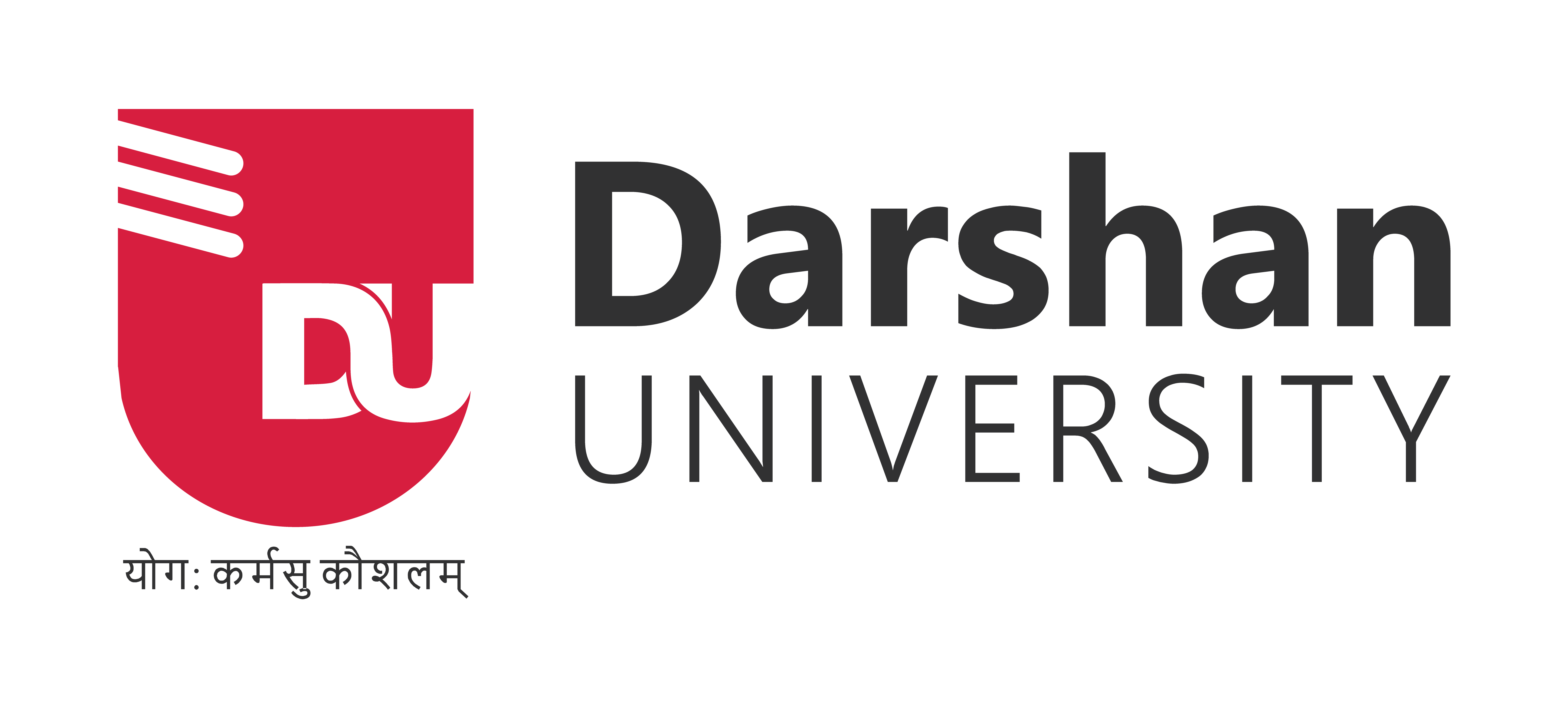Polymers MCQs
MCQs of Polymers
| 71. |
Mention monomer of natural rubber.
|
||||||||
|
Answer:
Option (a) |
| 72. |
In natural rubber, the property of elasticity is maintained between _____ temperature.
|
||||||||
|
Answer:
Option (a) |
| 73. |
At what temperature natural rubber becomes brittle ?
|
||||||||
|
Answer:
Option (c) |
| 74. |
At temperature higher than 335 K rubber becomes _____ .
|
||||||||
|
Answer:
Option (b) |
| 75. |
In which solvent does natural rubber dissolve ?
|
||||||||
|
Answer:
Option (b) |
| 76. |
Water absorbing capacity of natural rubber is _____ .
|
||||||||
|
Answer:
Option (b) |
| 77. |
_____ discovered vulcanization process.
|
||||||||
|
Answer:
Option (c) |
| 78. |
The process of heating natural rubber with sulphur is called _____ .
|
||||||||
|
Answer:
Option (d) |
| 79. |
To increase the rate of vulcanization which additive substance is added ?
|
||||||||
|
Answer:
Option (b) |
| 80. |
Rubber obtained after vulcanization process does not consider as _____ .
|
||||||||
|
Answer:
Option (d) |

